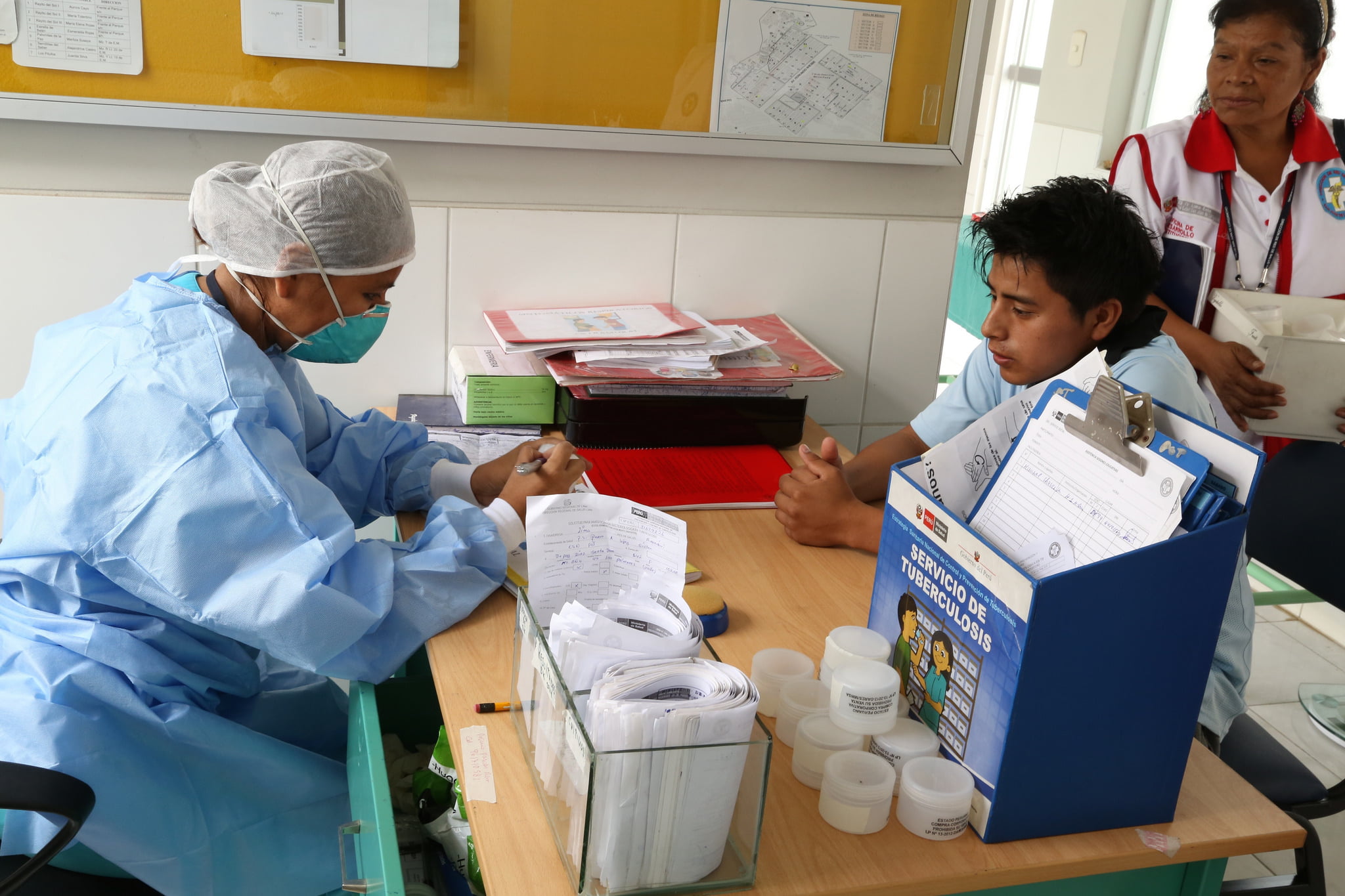The World Health Organization released the 2017 World Tuberculosis (TB) report this week. The conclusions are sobering.
On the one hand, the report finds that global efforts to combat tuberculosis have saved an estimated 53 million lives since 2000 and reduced the TB mortality rate by 37%.
But those numbers should be far higher.
Most cases of TB are curable and TB response can be highly effective. But the report demonstrates that we are not doing enough of those effective strategies. The report shows that, once again, Tuberculosis was the most deadly of infectious disease last year and is also the biggest killer of people living with HIV
Tuberculosis is a bacterial disease that will kill if it’s not treated. Treatment, though, is pretty simple. Most TB infections can be cured with a combination of three or four antibiotics. This kind of infection is known as susceptible TB. Some forms of TB, however, are more difficult to treat. Multi-drug resistant TB (MDR-TB) results from being infected by bacteria that are resistant to antibiotics. MDR-TB is a result of s treatment with the wrong drug regimen, or when a patient is infected directly by bacteria that are already resistant to antibiotics. MDR-TB can also be cured, but it’s expensive and requires a more complicated drug regiment. Finally, a few cases of TB are extensively drug resistant (XDR-TB). These are the most deadly cases. Curing them requires drugs that can cause permanent harm to patients. Most patients die of XDR-TB before they can be cured.

In 2016, there were 490,000 new cases of MDR-TB. That’s a sign of inadequate tuberculosis care. Either patients are getting the wrong first-line treatment, or uninfected people are being exposed to untreated people with MDR-TB. Both cases point to health system that don’t rapidly identify people with TB, and don’t get them appropriate medical care once they’re identified. According to the report, only one in five MDR-TB cases were started on treatment in 2016 – that means that the other four cases remained in the general population, exposing others to drug-resistant TB bacteria. India and China accounted for 39% of that global gap in MDR-TB treatment.
Treatment success for MDR-TB also remains too low, at 54% globally. Programs in the US, for example, have been able to achieve treatment success rates of over 90% for MDR-TB, even when working with patents who are living in poverty or homeless. There is no reason to be stuck at 54%, even in developing countries.
Overall TB numbers are no better. There were 10.4 million new TB cases overall in 2016, including all forms of TB. According to WHO, globally, the TB mortality rate is falling at about 3% per year. TB incidence is falling at about 2% per year and 16% of TB cases die from the disease. By 2020, these figures need to improve to 4–5% per year and 10%, respectively, to reach the first (2020) milestones of the End TB Strategy. Right now, we’re not on track to reach those milestones.
In the end, the global TB response does not lack science or medicine. It lacks money.
The report finds that TB care and prevention investments in low- and middle-income countries will fall almost US $2.3 billion short of the US $9.2 billion needed in 2017. That is not to say that innovation wouldn’t help to eliminate TB – if we want to stop the disease at its source, the report estimates that we need an extra US$ 1.2 billion per year to accelerate the development of new vaccines, diagnostics, and medicines. “Shortfalls in TB funding are one of the main reasons why progress is not fast enough to be on track to reach the end TB targets,” said Dr Katherine Floyd, Coordinator of WHO’s Monitoring and Evaluation Unit at the Global TB Programme. “We have a double challenge. More domestic funding is needed in middle-income countries, and more international donor support is needed to support low-income countries.”
